Apple is exploring the use of high-speed but short-range optical wireless communication systems to aid self-driving vehicles, such as the rumored "Apple Car".
Autonomous vehicles need to upload and download massive amounts of data to safely and effectively an environment. Although sensors and computer vision play a role, self-driving cars still require external data such as current traffic and mapping information.
As noted in an Apple patent application published on Thursday, most current wireless communication systems don't provide enough bandwidth to handle the large streams of data required to enable safe autonomous driving. Other factors include cost, range, latency, and environmental challenges.
But, in its patent application, Apple has outlined several technical solutions that could be used to mitigate or eliminate those bottlenecks.
For example, Apple suggests that optical wireless communication (OWC) systems could provide increased throughput and reduced complexity — a technology well-suited for short-range wireless communications.
More specifically, OWC hardware can be taken advantage of when a self-driving vehicle is within range of city infrastructure outfitted with the proper mechanisms.
"These solutions may be deployed in the transportation infrastructure (e.g., traffic lights, light posts, vehicle charging stations) to communicate with vehicles. Depending on the infrastructure implementation, these OWC solutions may include a fixed point-to-point OWC configuration (e.g., for charging station infrastructure) or a fixed point to moving point OWC configuration (e.g., for traffic light or light posts infrastructures)," the patent reads.
This solution could be used as a quality of service system, which could provide self-driving cars the ability to determine and share data — even if they face a loss of connection or other service interruption.
The data that may be transmitted from a vehicle to the cloud, or vice versa, could include smart parking information; over-the-air firmware or software updates; entertainment services; weather alerts; and traffic information.
Compared to fully wireless systems like 5G, the OWC city infrastructure plan could mitigate issues with bandwidth for real-time services. For example, 5G connectivity would likely require several communication paths, or "hops," and each would add latency to a signal.
In other words, smart city infrastructure could provide connectivity to a self-driving car through OWC hardware. But, of course, it would require a massive network of smart IoT devices in across cities to function effectively.
The patent lists Hassnaa Moustafa, Bahareh Sadeghi, Shengbo Xu, Tolga Acikalin, Javier Perez-Ramirez, and Richard D. Roberts as inventors. Several of them worked on wireless communication patents for Intel, while others developed short-range communication technology for Apple.
 Mike Peterson
Mike Peterson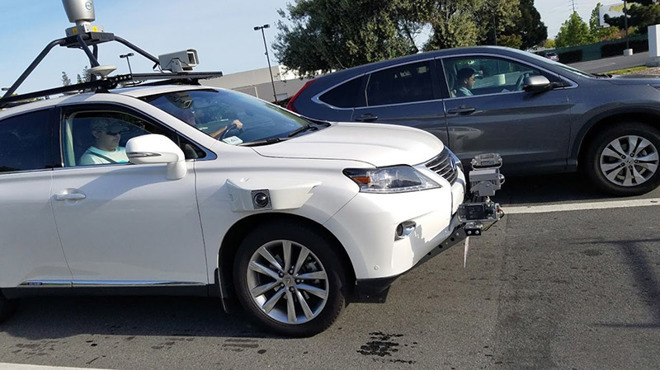
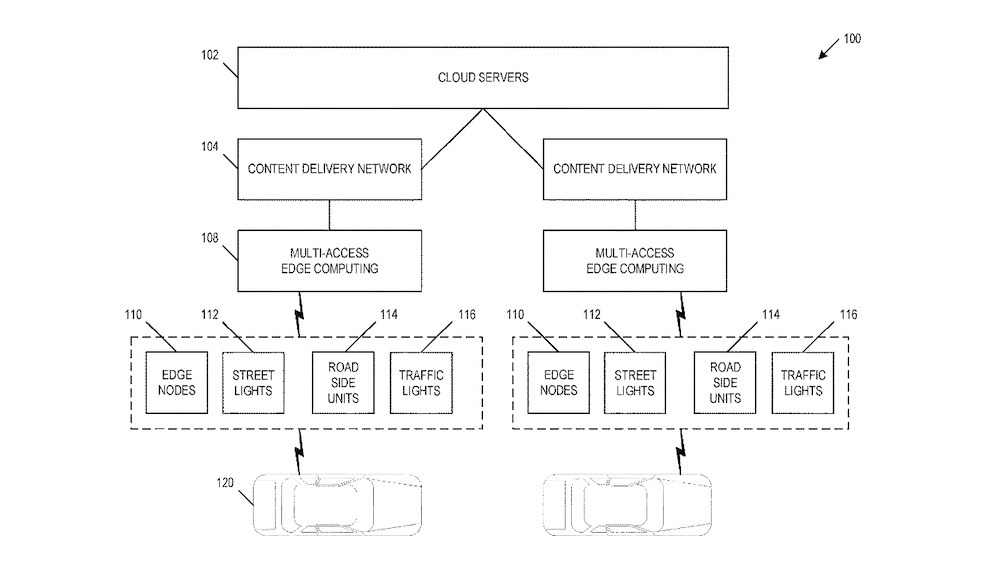
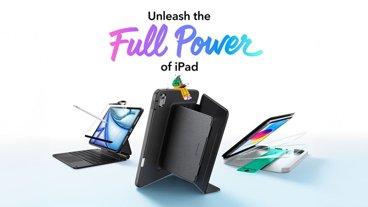
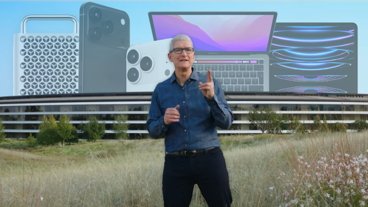

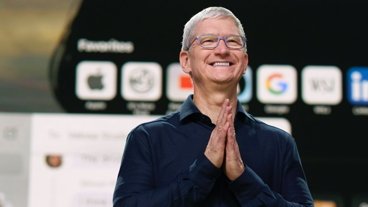
-xl-(1)-xl-xl-m.jpg)


-m.jpg)





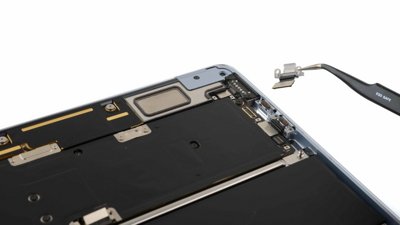
 Marko Zivkovic
Marko Zivkovic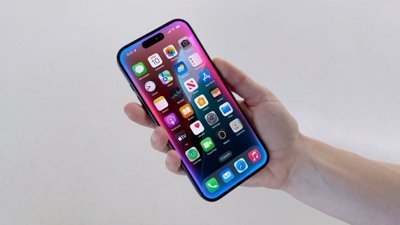
 Amber Neely
Amber Neely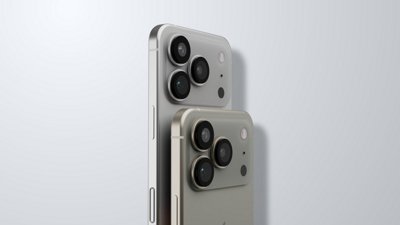
 William Gallagher
William Gallagher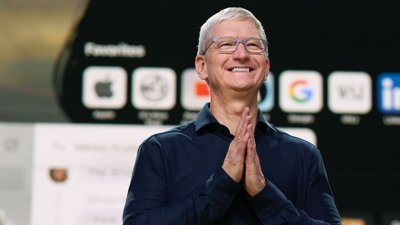
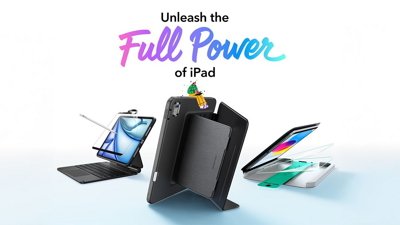
 Sponsored Content
Sponsored Content
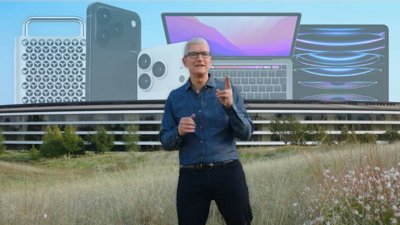
 Malcolm Owen
Malcolm Owen
 Mike Wuerthele
Mike Wuerthele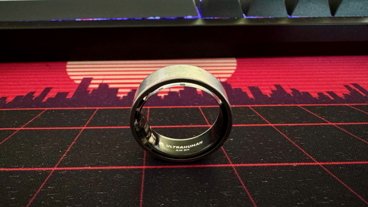
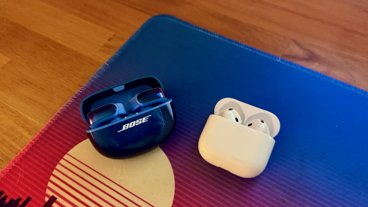






7 Comments
Great theoretical work and idea’s - sadly combined with an absolute inability to implement any of them (separate or combined)
Shall we start taking bets if and when there will be an “Apple Transit” available for customers to purchase from Apple?
[ ] Sooner than expected... this year
[ ] 1-5 Years from now
[ ] 6-10 Years from now
[ ] Not in my lifetime